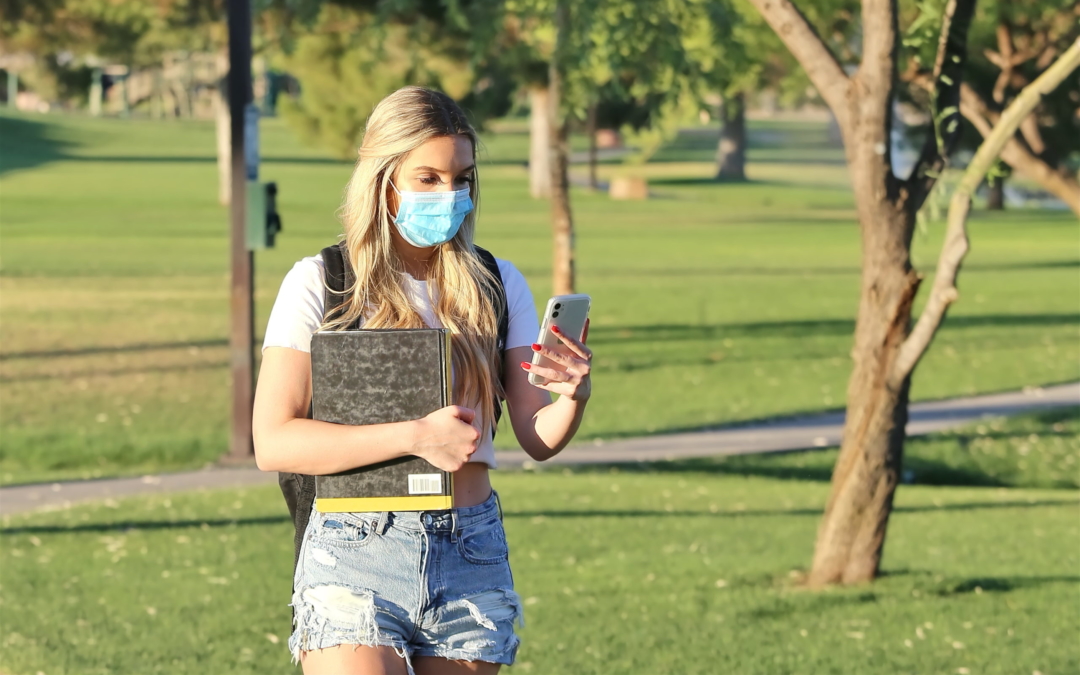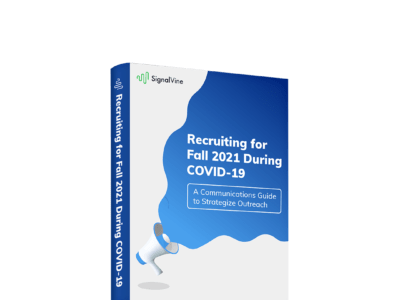Why Long Code Texting is Ideal for Text Outreach Campaigns

Choosing the right texting platform to engage your students and implement text outreach campaigns requires a lot of research. One main difference between these different texting solutions is the type of phone number you will use during outreach. The most common phone number types are toll-free, short code, and long code.
In this blog, we’ll explain why and how long code texting is the most personable – and, therefore, effective – option for your text outreach campaigns. We’re also going to comb through the differences between the three options.
An overview of long code texting and its effectiveness in text outreach campaigns
Long code texting is effective for users who want to build relationships with their audiences. Many users find that this type of texting is the best option for relationship-building and fostering engagement with audiences. It is ideal for staff members who need to text in advising and counseling contexts. This is because long code texting allows them to have meaningful and personal two-way conversations with the receivers of their texts.
While long code texting gives you the ability to send individual text messages, this method also lets you send automated texts. This method gives you the range to not only have individual conversations but to also deploy text outreach campaigns via automation. We recommend that if you use automated texts, you craft them so they sound like they’re coming directly from you. At Signal Vine, we offer help on how to craft these text messages.
Further, this type of texting is ideal for college staff members because it is the most effective out of the three options to reach students.
An overview of toll-free texting
Some users who don't need to personalize their communications turn to toll-free texting. Also, this texting method is used to form strictly transactional relationships via text outreach campaigns.
Another way to think about it is that toll-free texting often acts as a Twitter account. For instance, there are real people behind the account. However, the user is speaking on behalf of the whole organization and isn't seeking to connect with audience members.
The way toll-free texting works is that messages send from any of the toll-free area codes (800, 833, 844, 855, 866, 877, and 888). Toll-free texting isn’t linked to any geographical area codes. Some organizations that simply need to provide services to a national group but do not need to build personal relationships choose long code texting. However, these messages are impersonal. As a result, students are more likely to flag these messages as irrelevant spam.
An overview of short code texting
Users of short code texting employ this method for text outreach campaigns in order to have more transactional texting interactions with their audiences. In other words, users who need short, impersonal responses from their audiences sometimes choose short code texting for these one-way conversations.
Much like with toll-free texting, students may flag short code texts as spam because of their one-way feature. An impersonal number – used solely for one-way texting – is not the most effective choice. This is especially true if your goal is to connect with students.
Recap: Long code texting is the most ideal of the three texting options to communicate with students
In short, toll-free texting can send messages out to students, but it doesn’t give staff members the wherewithal to increase engagement with students because students can’t text back and have two-way dialog.
Short code texting works in the same way, as it is used for transactional interactions. In other words, short code texting isn’t designed to help staff members build relationships and connect with students.
On the other hand, long code texting allows students to text with college staff members. This means that students have the ability to reach human people on the other end of the conversation who can personalize and tailor resources to this specific student.
Also, long code texting allows students to ask questions that might be only relevant to them. In this way, counselors can then give a precise answer that will help the student progress in the academic journey. Neither short code texting nor toll-free texting gives college staff members the wherewithal to communicate with students in this personal way via text outreach campaigns.
At Signal Vine, we believe that student engagement is a key pillar for colleges to succeed in retaining students. With this said, long code texting is the best option to achieve the highest level of engagement in text outreach campaigns.
Learn more
At Signal Vine, we live for communication and we believe that texting students is the most effective way of reaching them where they are at – no matter what stage of the academic journey they’re in. If you’re interested in how we can help optimize your text messages to students, read more here. Or, if you’re curious about how texting can work to improve a college student’s journey, feel free to read our thoughts here.

Related Resources
Communicating effectively with your campus communities is of paramount importance right now
If you’d like to learn how Signal Vine can help, please join us for a demo.

